Minarets of Prominence: Andalusian and Mamluk
Our next journey begins with a scene filled with highly intricate carvings, ornate domed ceilings, symmetrical archways and geometric mosaic tiles, the most notable characteristics of Moorish design.
From the beginning of the ninth century, Andalusi migrants left southwestern Europe to settle in Egypt, leaving a lasting heritage in their new homeland. Moorish rule saw the beginning of a new architectural style previously unseen in Europe.
The term ‘Andalus’ brings to mind images of greatness and sophistication, where once the caliph’s court in Cordoba in Spain became the focal point of a blossoming civilization.
Contrary to the misunderstanding about al-Andalus being synonymous with present-day Andalusia (a separate community in the south of Spain), al-Andalus is a term that must be used carefully - it is the once-occupied territory in and around the Iberian Peninsula, ruled by Muslims between the years 711 and 1492.
Before its fall in the fifteenth century, al-Andalus was limited to the Kingdom of Granada, the last Kingdom (so called because of the Granada War).
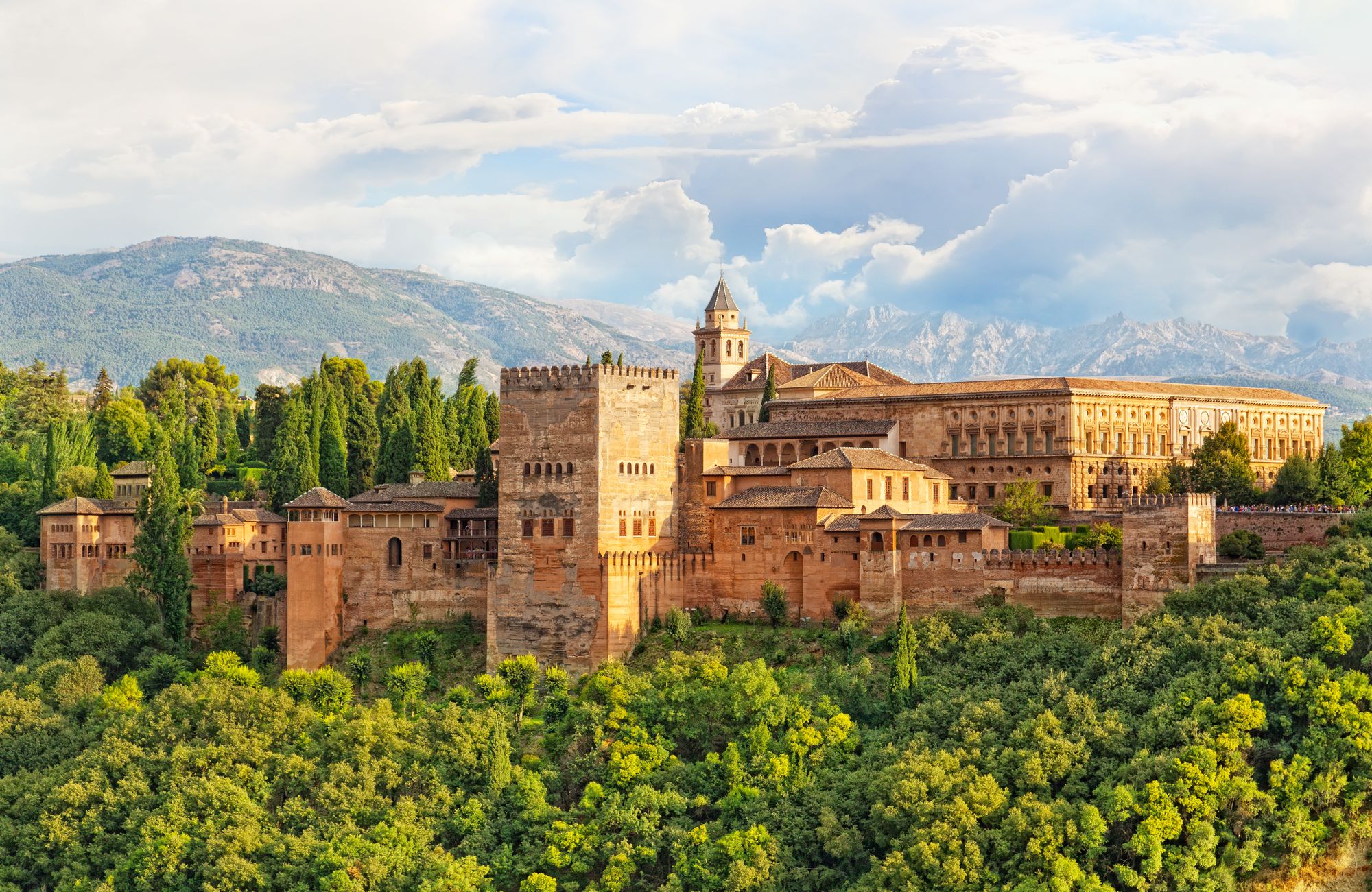
Beneath the surface of conventional geography, the Mediterranean was never really a sea between two continents or a barrier between two cultures, but rather a valley between two hills, one of which was al-Andalus and the other al-Maghreb.
Crossing the Strait of Gibraltar, from north to south and back, we might appreciate that al-Andalus was a cultural entity that extended from the Ebro River in Catalonia to the Niger River in Sub-Saharan Africa. Read on, and you will see how its imprint can be traced back to Egypt.
From Al Andalus to Egypt
Seeking knowledge and fleeing persecution and expulsion are some of the reasons why many people from al-Andalus left for the Arab countries, including Egypt.
From the tenth century onwards, the educational, scientific and religious institutions of Egypt attracted students, scholars and intellectuals. Organisations like al-Azhar, the Madrasa of Barquq, or the Bimaristan (Hospital) of Qalawun are a few examples.
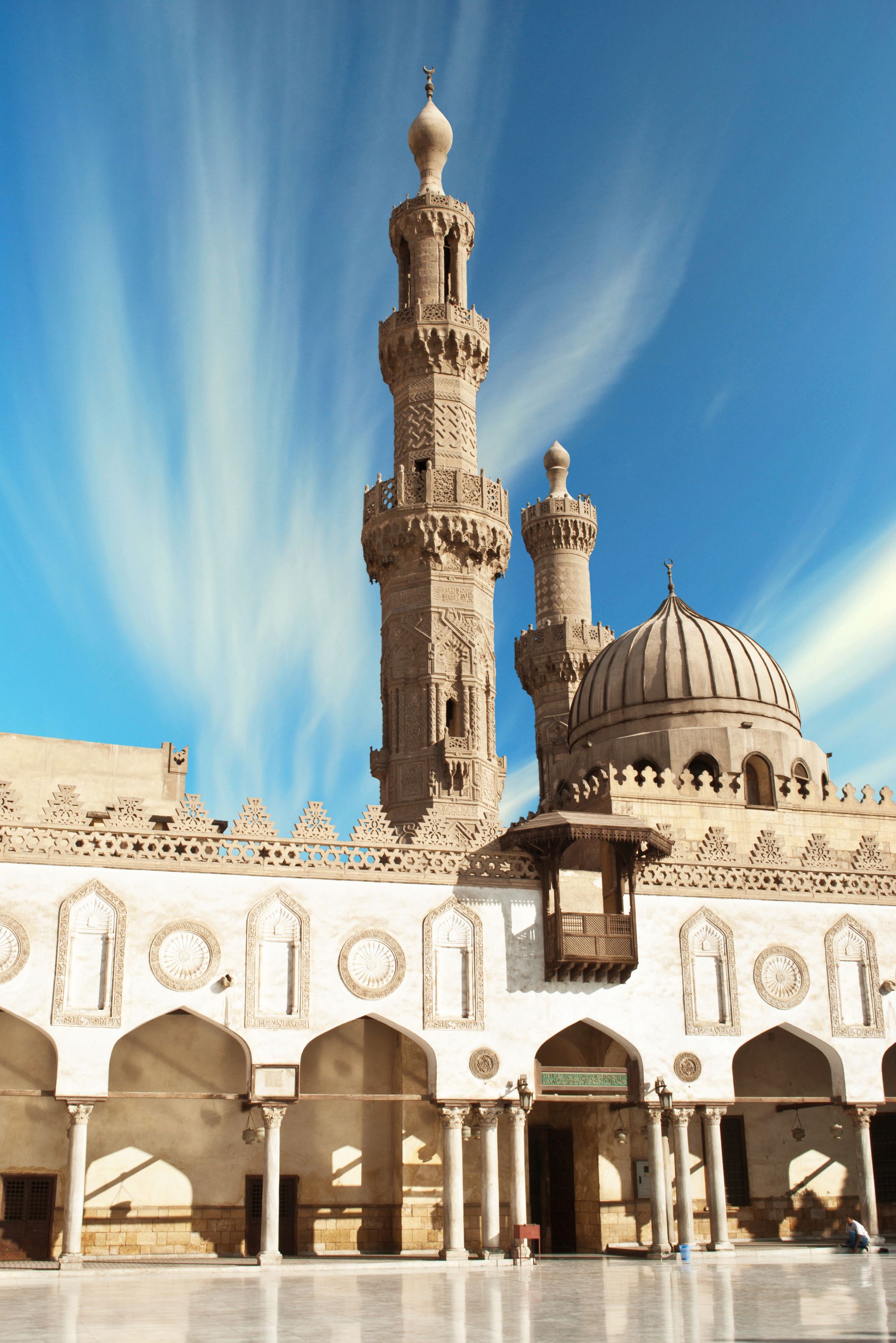
There were very many intellectuals, scholars and mystics who left for Egypt, settled there and left a lasting legacy. One of these "saints" was Abul-Abbas al-Mursi.
Approaching Alexandria by sea, one is greeted by the elegant white minarets and domes of the Al-Mursi Mosque, the city's visual landmark, where his mausoleum is still visited by his mureeds (seekers of spiritual enlightenment).
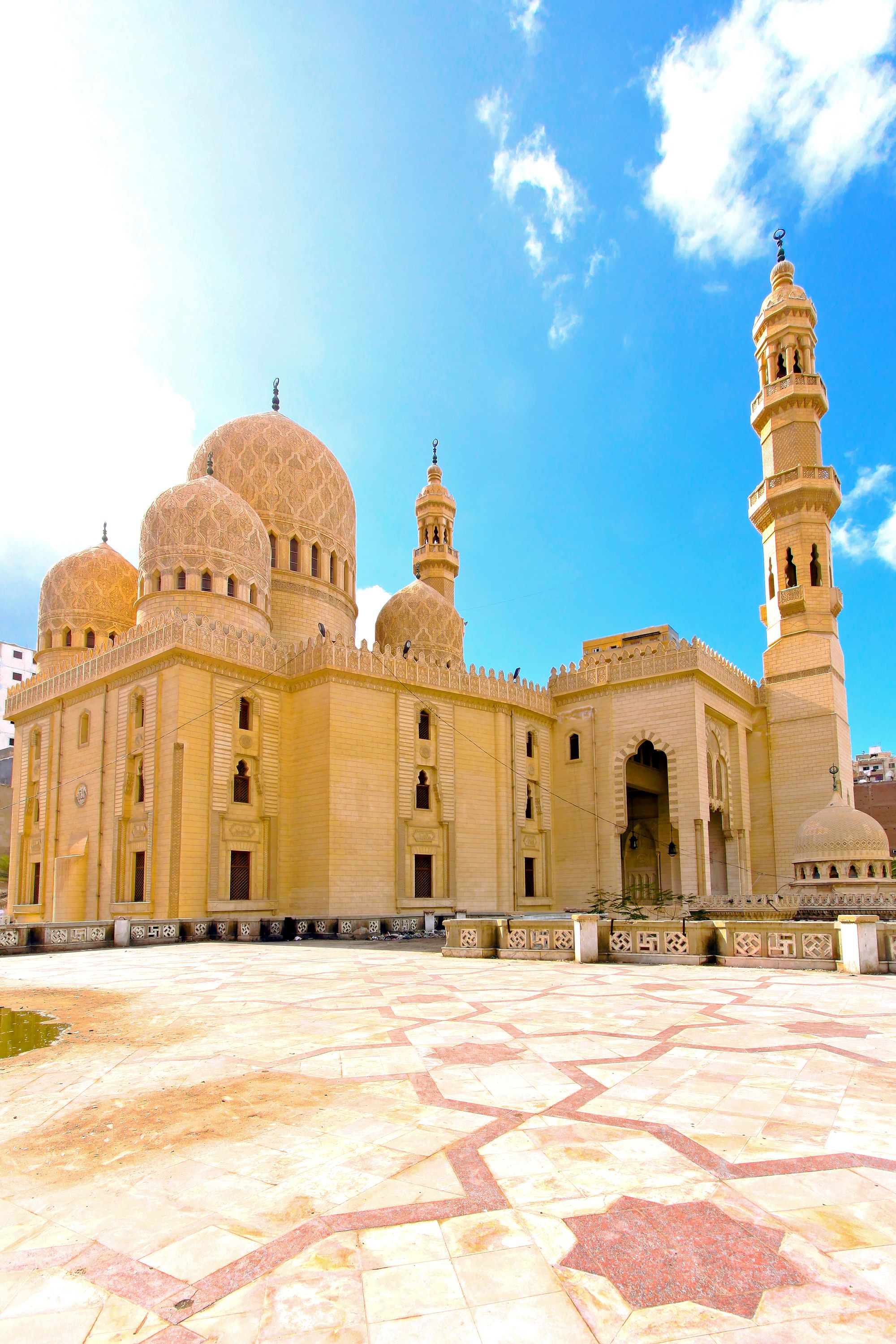
After exploring pyramids and temples, it is highly recommended to make your way towards some of the most stunning mosques in Cairo that are worthy of attention, armed with the following key facts:
Al-Ashraf Mosque
- Situated in the main city of Cairo
- Illustrates the huge Islamic Mamluk architectural design
- Built in 1424 AD by Al-Ashraf Al-Barsba, a Mamluk sultan from Burji
- Made of marble with main designs consisting of stained glass
- Built on an area of 1760 square metres
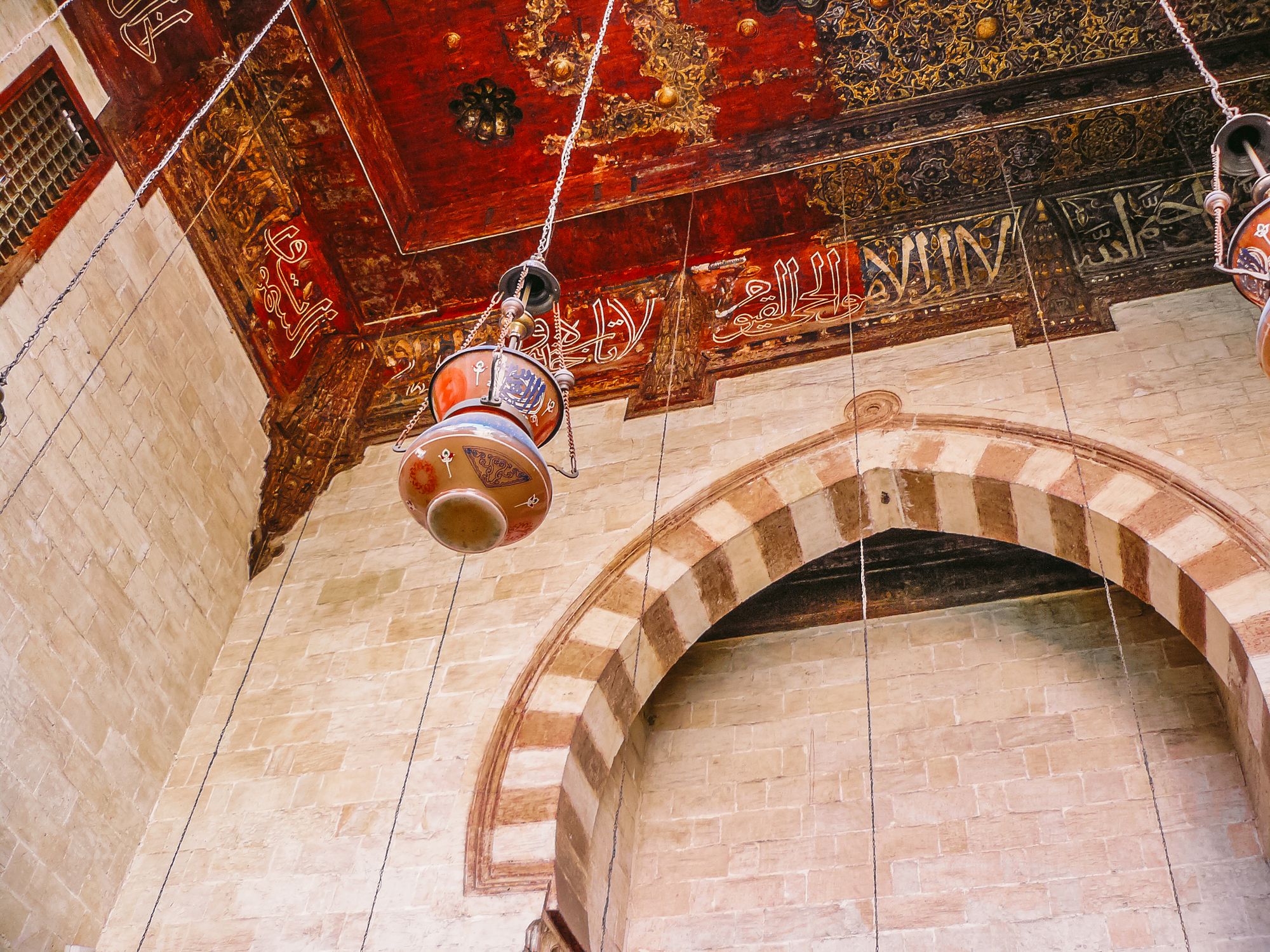
Muhammad Ali Mosque
- Also known as the Alabaster Mosque
- As a tourist destination, it is very beautiful, stands apart in the country
- Requires you to be fit as this mosque is situated at the top of the Saladin Citadel
- Its massive minarets are 82 metres high
- You can get a glimpse of the total city of Cairo and the entire view of the Giza plateau
- Constructed from 1830, completed in 1857 by Yusuf Bushnaq, prominent designer of the time
- Muhammad Ali Pasha the ruler of Egypt founded this mosque

Al-Azhar Mosque
- One of the most famous mosques in Egypt
- A unique and main tourist destination of Cairo city
- The university is attached to the mosque, belonging to the Sunni sect
- Has a lot of influence from the Shia sect too
- The attached university is the top ranking and most prestigious one in the whole country
The mosque is not only a place of worship but also spreads Islamic education in the country. Its sheer magnificence will motivate you to take your time and roam the entire complex. Both the exterior and interior lead through ancient Egypt.
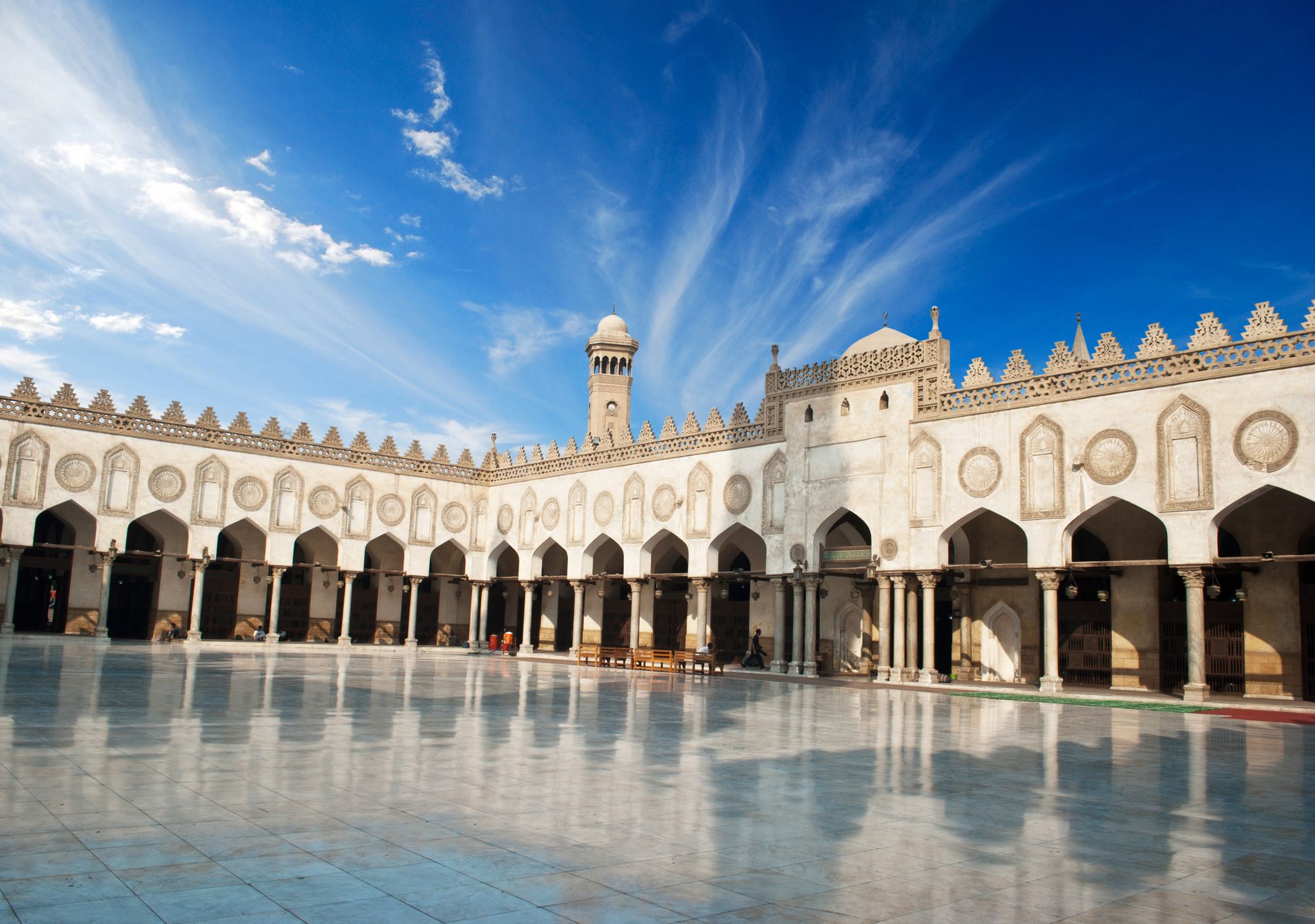
Ibn Tulun Mosque
- Largest and oldest mosque in Cairo
- For those who have visited Makkah, you might find a similarity to the mosque there
- Built in 879 AD by the then governor Ibn Tulun on Gebel Yashkur (the Hill of Thanksgiving)
- The minaret has a spiral staircase around the outside
- Famous and one of Egypt's most popular tourist destinations
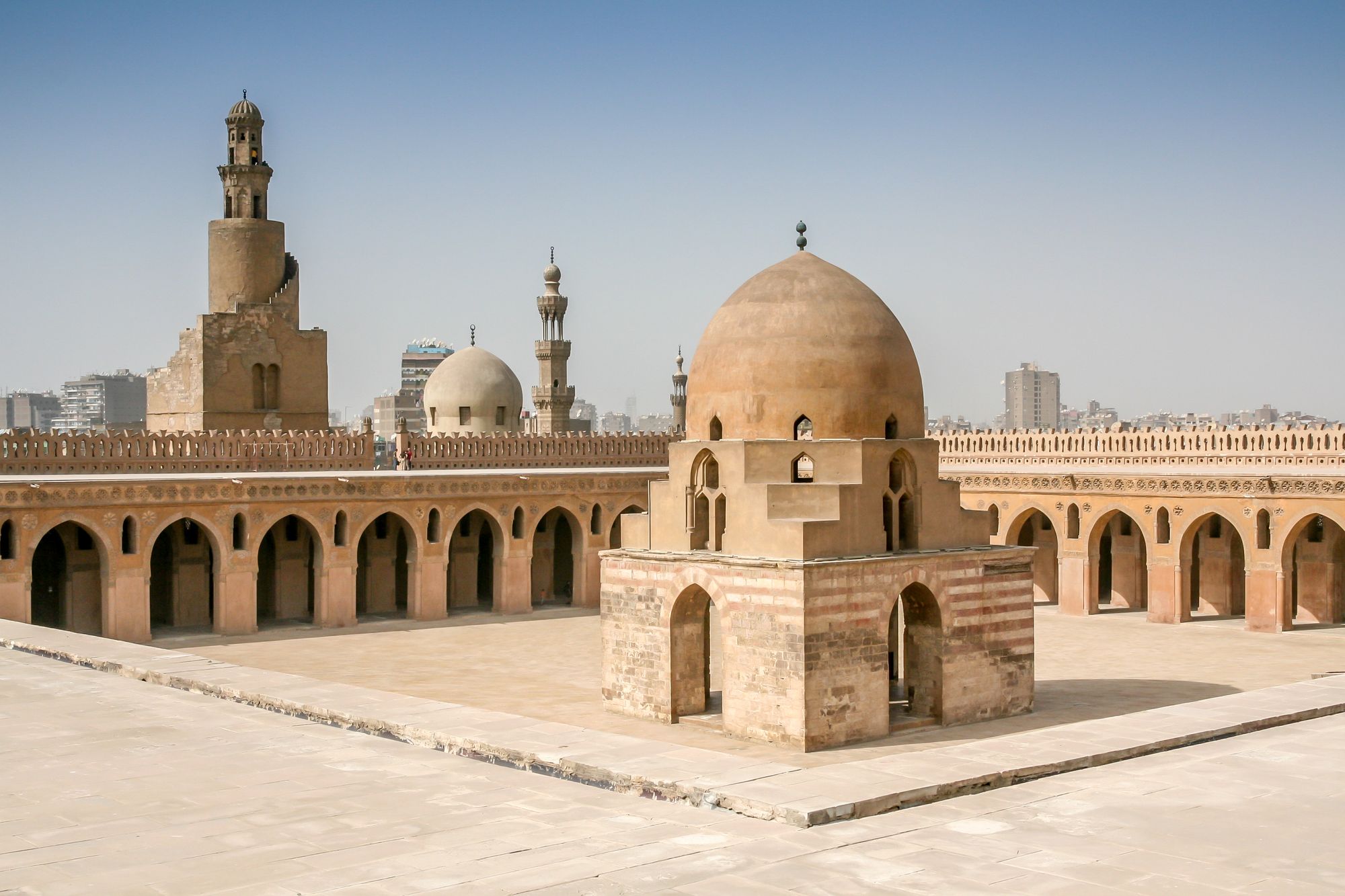
Onwards to Morocco - (Al Maghreb)
On the other side of the Straits of Gibraltar, is Morocco, where you will find yourself surrounded by a different culture, the mediaeval and early contemporary Islamic architecture encountered here also inspired further sites of Andalusia.
Marrakesh
On the outskirts of the medina (the old city), towering over the low roofs of the prayer hall, the minaret of the Kutubiyya Mosque is not to be missed:
- Almohad Sultan Abd al-Mu’min commissioned the first construction of the first Kutubiyya Mosque in 1157
- The second mosque was probably built between 1154 and 1162 (although sources vary on this)
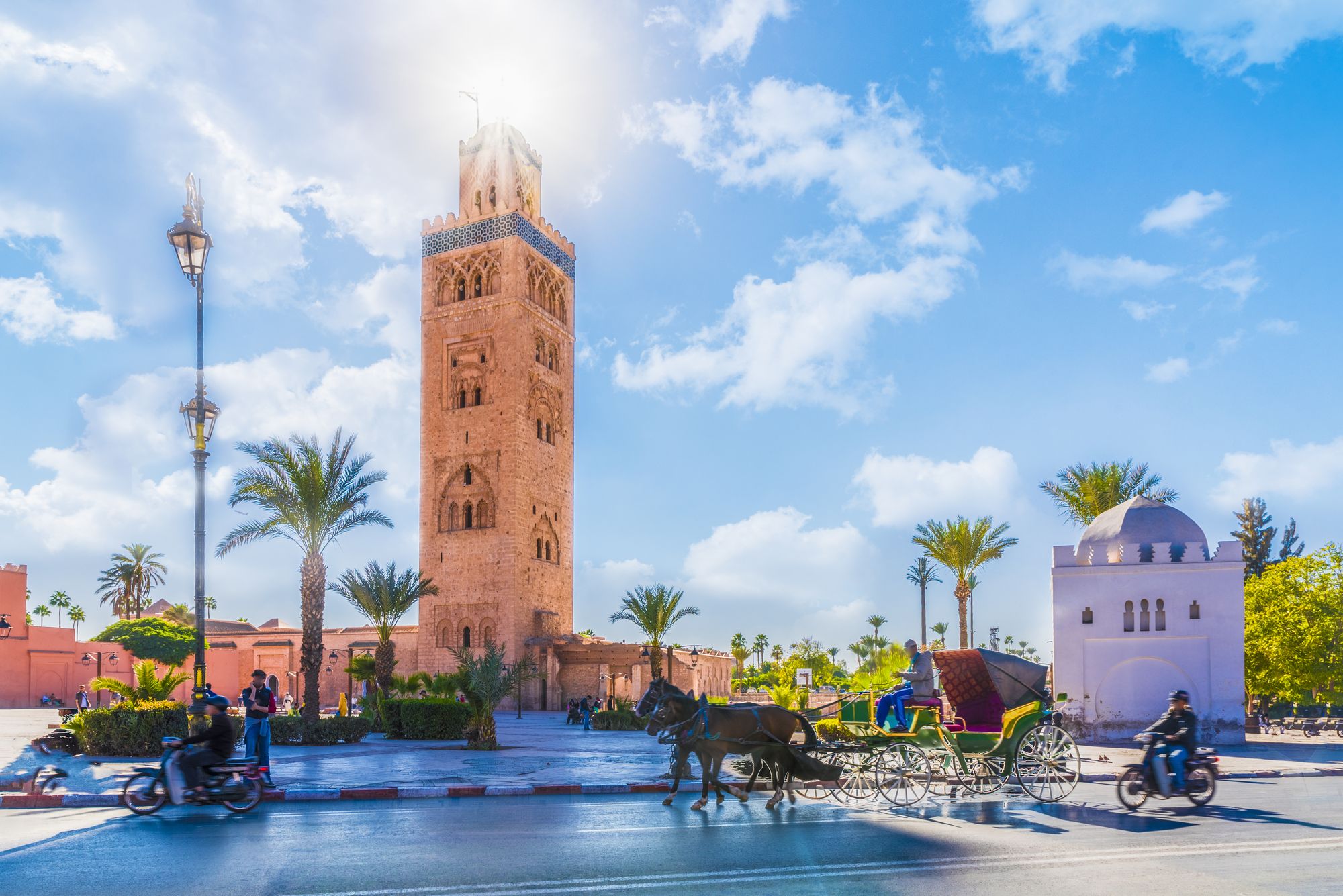
- The minbar of the Kutubiyya, now preserved in the ruined sixteenth-century Badi Palace in Marrakesh, was created in Cordoba in 1137 for the Almoravid Sultan, who intended it for the mosque he founded in his capital.
- The building was destroyed by the Almohads, however the minaret of the Kutubiyya, built at the end of construction of the first mosque (roughly around 1154–55) is as impressive as the Giralda, the minaret of the Great Mosque of Seville built by Almohad patrons in 1184.
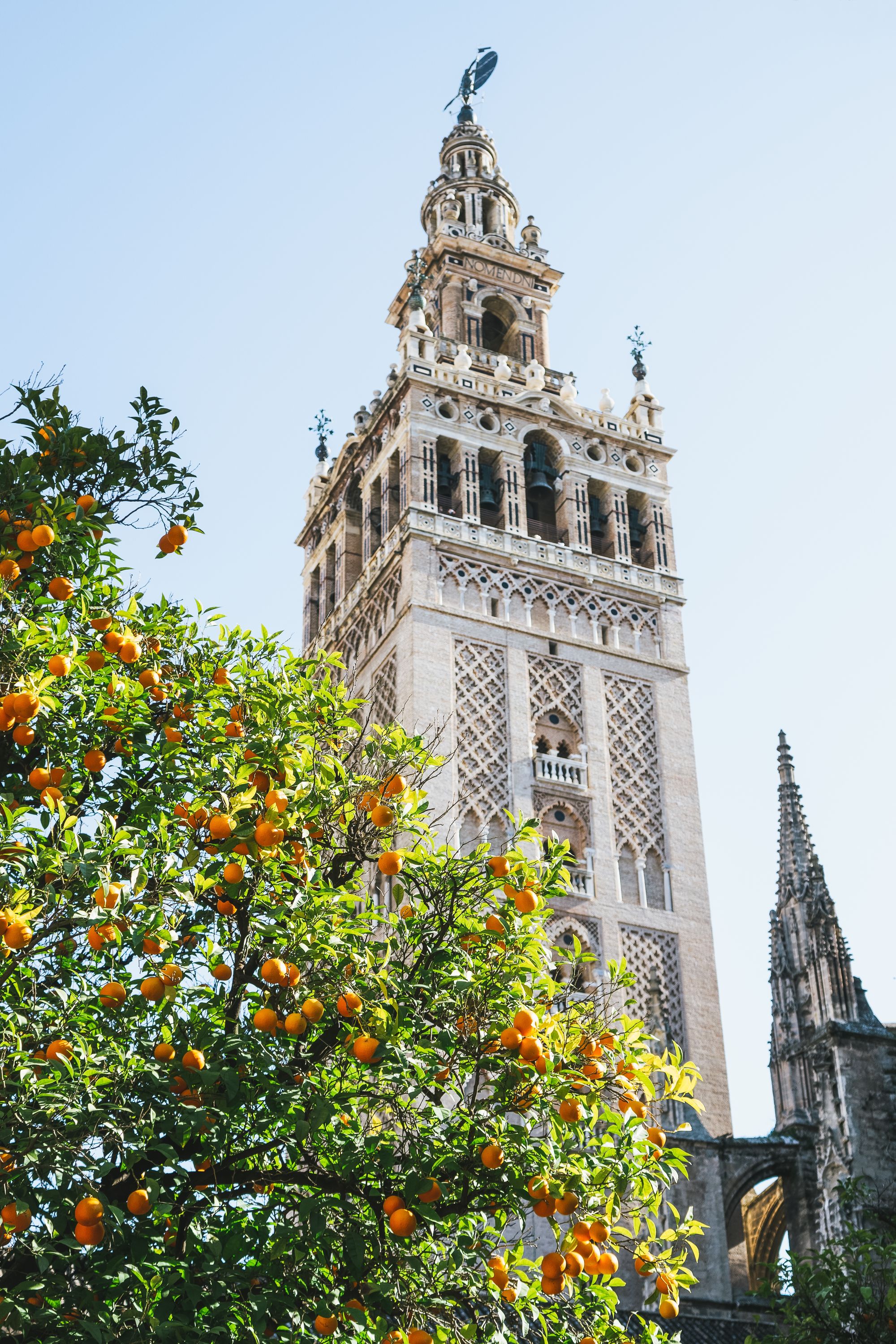
The fact that it originated in Andalusia in the 12th century for a site in Morocco testifies that these regions were closely linked in the Middle Ages.
Rabat
The largest of Almohad minarets of the Hassan Mosque in Rabat began under the auspices of Ya’qub al-Mansur in 1195, but was never finished:
- Construction stopped after the Sultan's death in 1199
- Standing at 44m in its incomplete state, it was likely to have been planned at twice that height
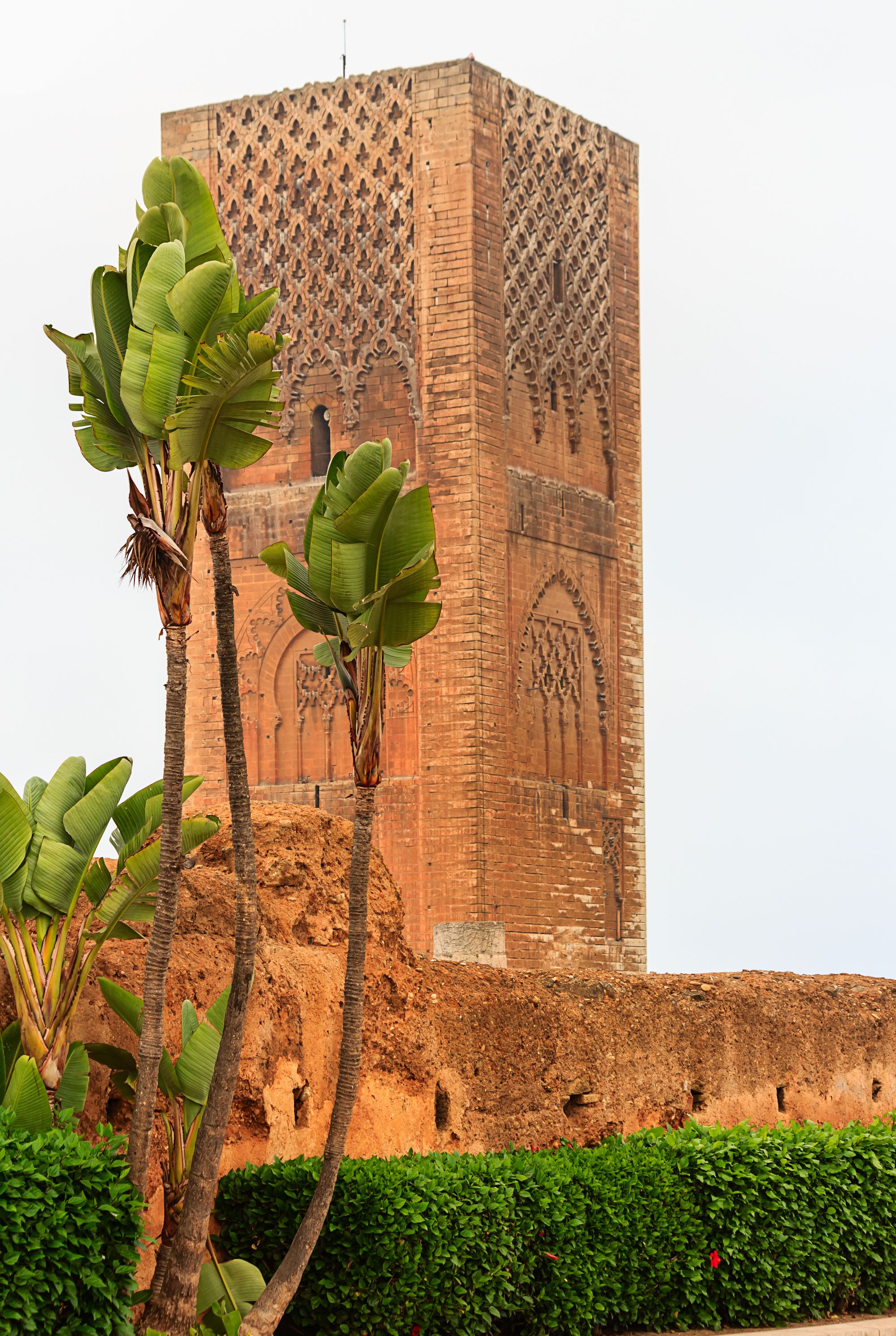
Fes
The Al-Qarawiyyin Mosque is one of the oldest mosques in Fes.
- Construction began in 859 and the mosque was enlarged several times, notably under Almoravid rule in the 12th century. Its current form dates back to the fourteenth century.
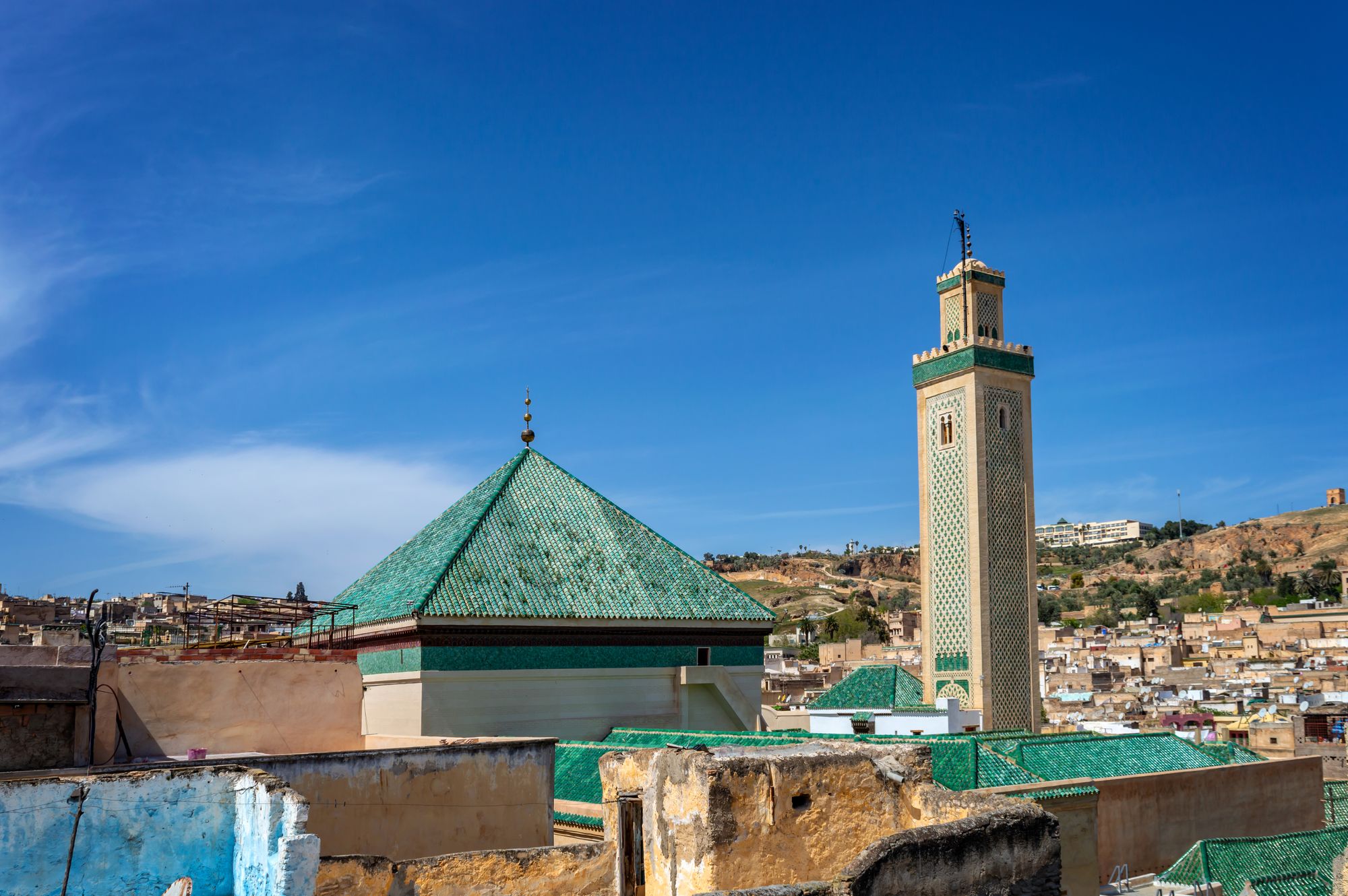
- It is located in the middle of the medina of Fes, a habitat very heavily inhabited by the local population, full of shops and craft workshops.
- Upon entering the monument, one is faced with a large courtyard, paved with marble. An arcade divides the mosque space from the Ben Youssef Madrasa at the other end. In the centre of the courtyard, the reflection of the building is captured by a pool of water. Since the madrasa also serves as a mosque, it has a minaret - seen from the courtyard but not from the covered street outside.
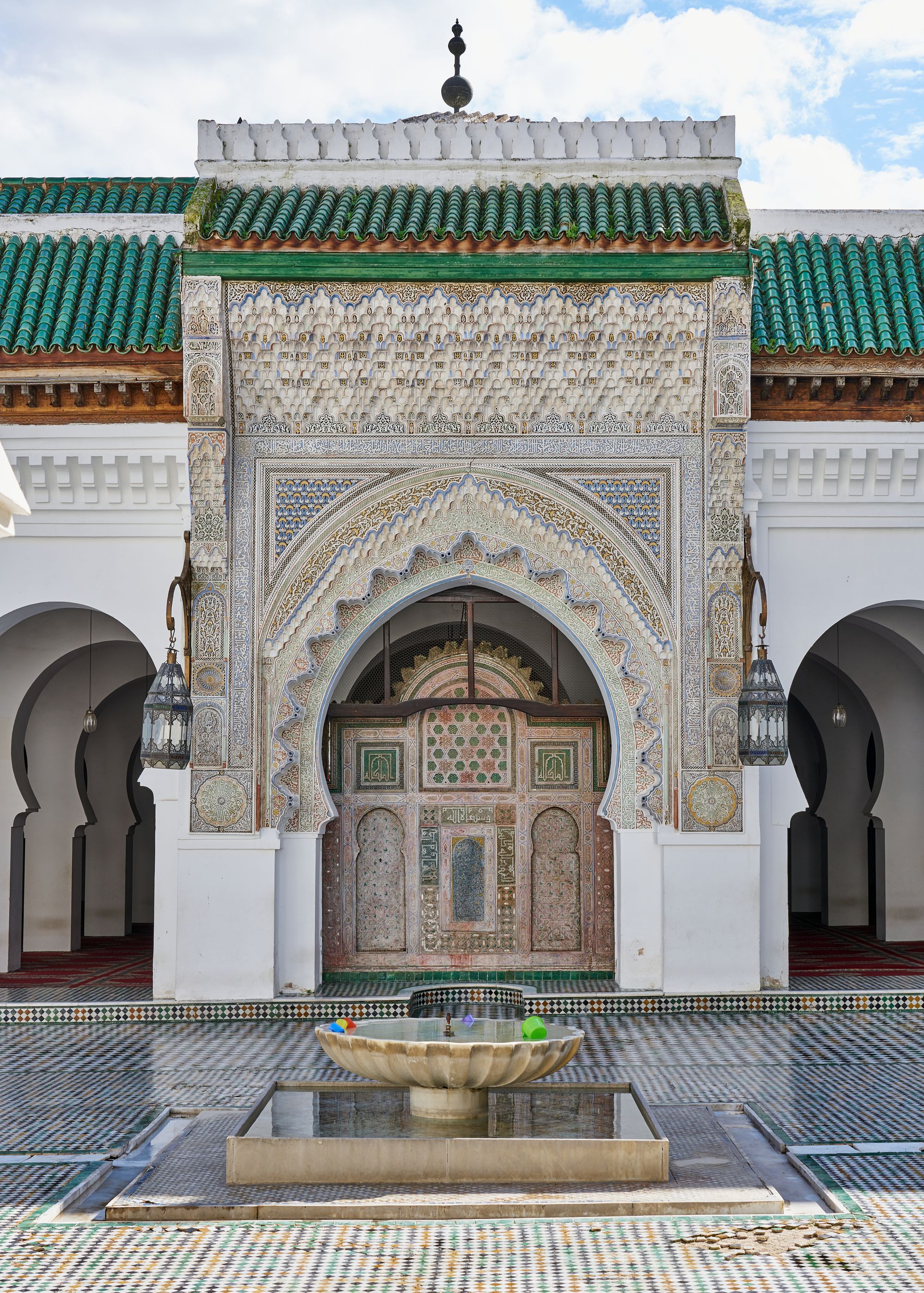
- The dating of this structure and the fact that its decoration is so closely related to that of monuments erected two hundred years earlier shows how these regions were integrated into the Ottoman Empire with the conquest of Greater Syria and Egypt in the winter of 1516/17.
- Although the local architectural and artistic culture remained strong, everything was, to varying degrees, steadily overlaid with a layer of discernible Ottoman culture.
- The pencil-shaped minarets and large circular domes are immediately reminiscent of Ottoman architecture. Even if a local striped black-and-white stone technique, ablaq, typical of Ayyubid and Mamluk architecture in Syria continues to be used, monuments such as the Darwishiya Mosque in Damascus, built in 1574, betray their Ottoman ancestry.
Wonders of Spain
Spain, with its long and turbulent history, became part of the ever-expanding Umayyad Caliphate in the 8th century. Later in the 18th century, the Spanish Civil War established Spain as a democratic country.
This Islamic domination of the Muslim Moors in the Iberian Peninsula left an indelible mark on what is now Spain, resulting in the Kingdom of Spain being blessed with some of the finest mosques with stunning architecture of the period.
Some of the most amazing mosques in the world await the Muslim traveler on holiday in Spain.
Córdoba
The Great Mosque of Córdoba, located in the Spanish region of Andalusia was originally a small Visigoth Christian church. When the Moorish Muslims ruled Spain, Abd al-Rahman I ordered the construction of the Great Mosque in 784.
This mosque was further expanded by later Muslim rulers and was important to the Islamic community of al-Andalus for three centuries.

Architecture & Design
- The architectural design of the Great Mosque of Córdoba is inspired by the Great Mosque of Damascus, the Dome of the Rock and the Aachen Cathedral.
- Roman columns of Gothic structure are included - the columns, arches, and other decorative aspects of the mosque were merged with ivory, jasper, porphyry, gold, silver, copper, and brass. Mosaics and azulejos were also incorporated in the design of the mosque.
- The walls have been decorated with Quranic inscriptions. The mosque's mihrab is considered an architectural work of art with its geometric and flowing plant patterns.
- However, when Córdoba was conquered by King Ferdinand III of Castile in 1236, the centre of the Great Mosque was converted into a Catholic cathedral. Other Christian features such as chapels and a nave were added over time. The minaret of the mosque was also converted into a bell tower.
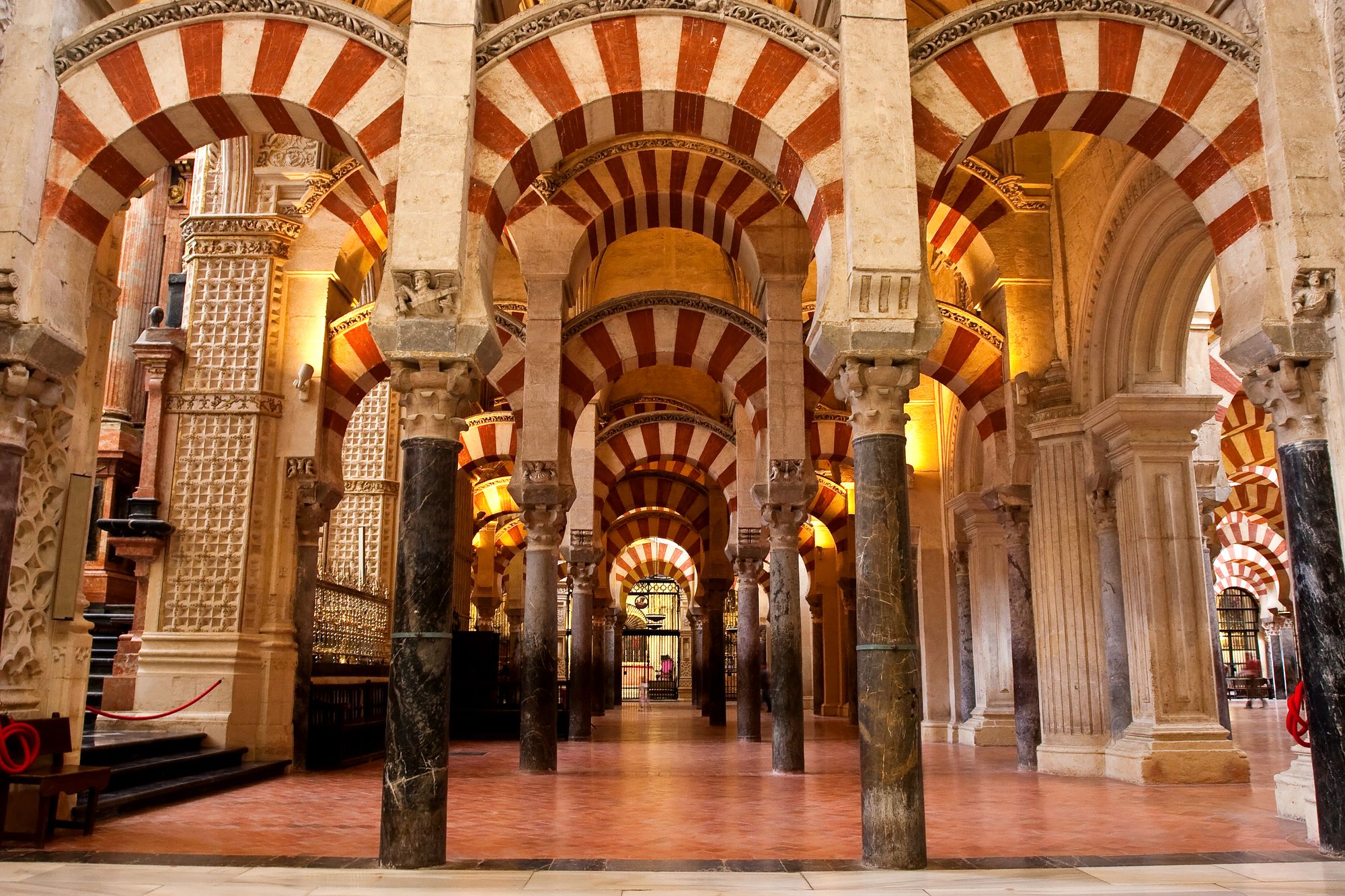
Since the early 21st century, Spanish Muslims have been pressuring the Roman Catholic Church to allow them to worship at this site. So far they have been denied permission.
Interesting facts about the Mosque of Cordoba
- It is reported that Abd al-Rahman I is buried under the site of the Cordoba Mosque
- He initially named the mosque ‘Aljama Mosque’ in honour of his wife
- It was added to the list of UNESCO World Heritage Sites as part of the Historic Centre of Córdoba in 1984
- Although Muslims are not allowed to pray at this mosque, it is a must-visit with its amazing architecture and exceptional historical significance
The Mosque of Cristo de la Luz in Toledo has remained nearly unchanged since its construction in 999 and is the only remaining former Moorish mosque.
- Originally called Mezquita Bab-al-Mardum
- It is located near the Puerta del Sol, a city gate of Toledo
- Built in the late 14th century
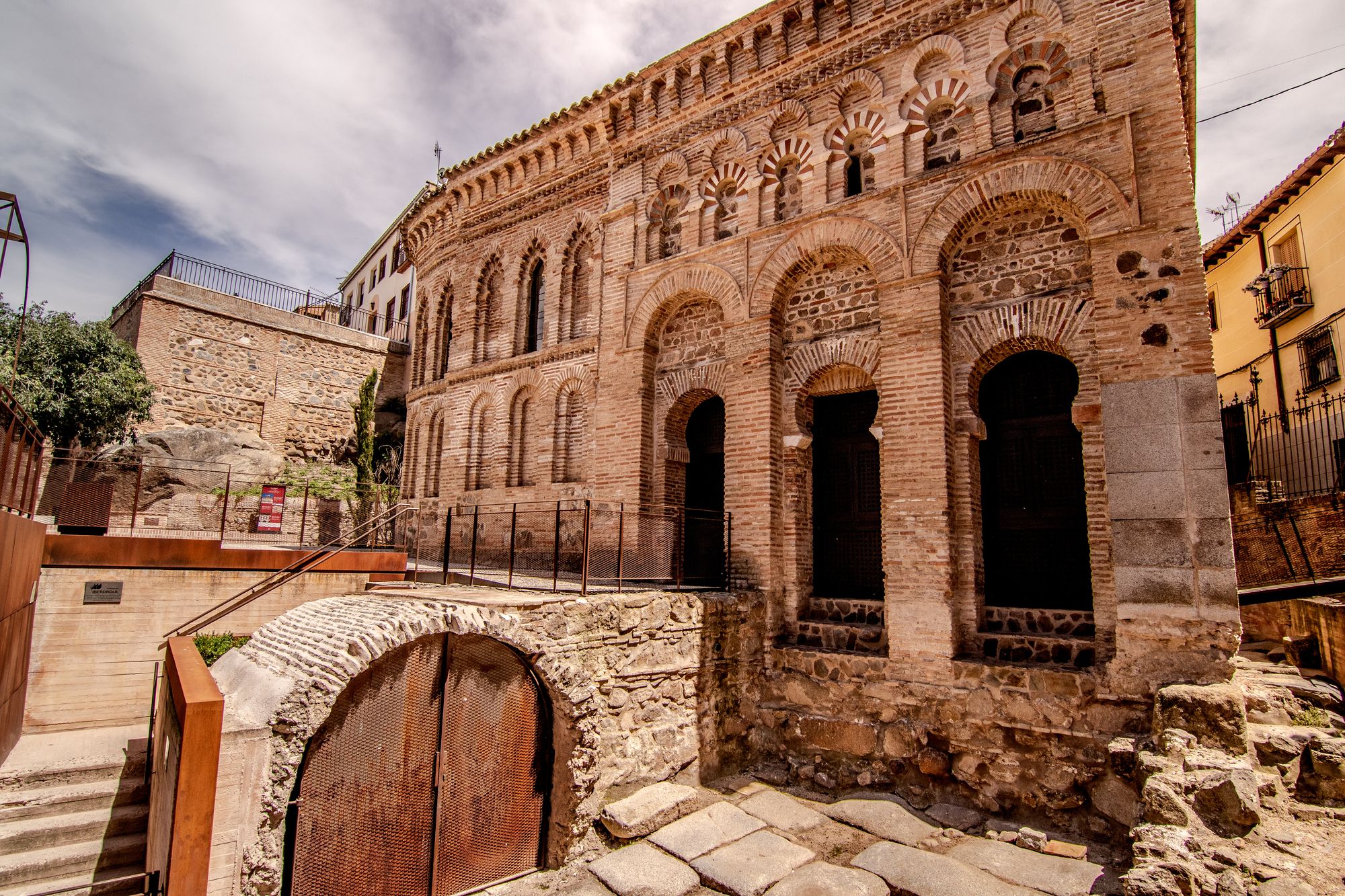
Architecture & Design
- Built over a Visigoth church measuring approximately 8m x 8m with four columns dividing the interior into nine parts
- The designs are unique and follow Islamic design concepts, formed of a blend of Moorish styles
- Converted to a chapel in 1186, constructed of brick and small stones
- Much of its influence can be attributed to the Great Mosque of Córdoba
After the mosque was converted into a church and a Mudejar style bay was built, the qibla wall and mihrab were lost. Currently this building serves as a church with many Christian murals and other figures.
However, Muslim travelers will get a sense of the mosque as it once was, particularly with the inscription in Kufic script on the front of the building, showing the details of the mosque's origins.
Mosque of Almonaster la Real
- Built in the 10th century from the origins of the Visigothic basilica of the 5th Century
- Hailed as one of the few surviving Spanish rural mosques
- Sits on top of a hill within the castle overlooking the village of Almonaster la Real in the province of Huelva
- Oddly shaped building made of brick and stone
- Beautifully preserved, converted to a church as Islamic rule changed to Christian rule
- Even through numerous changes, its Islamic features have been maintained while new Christian elements were added on
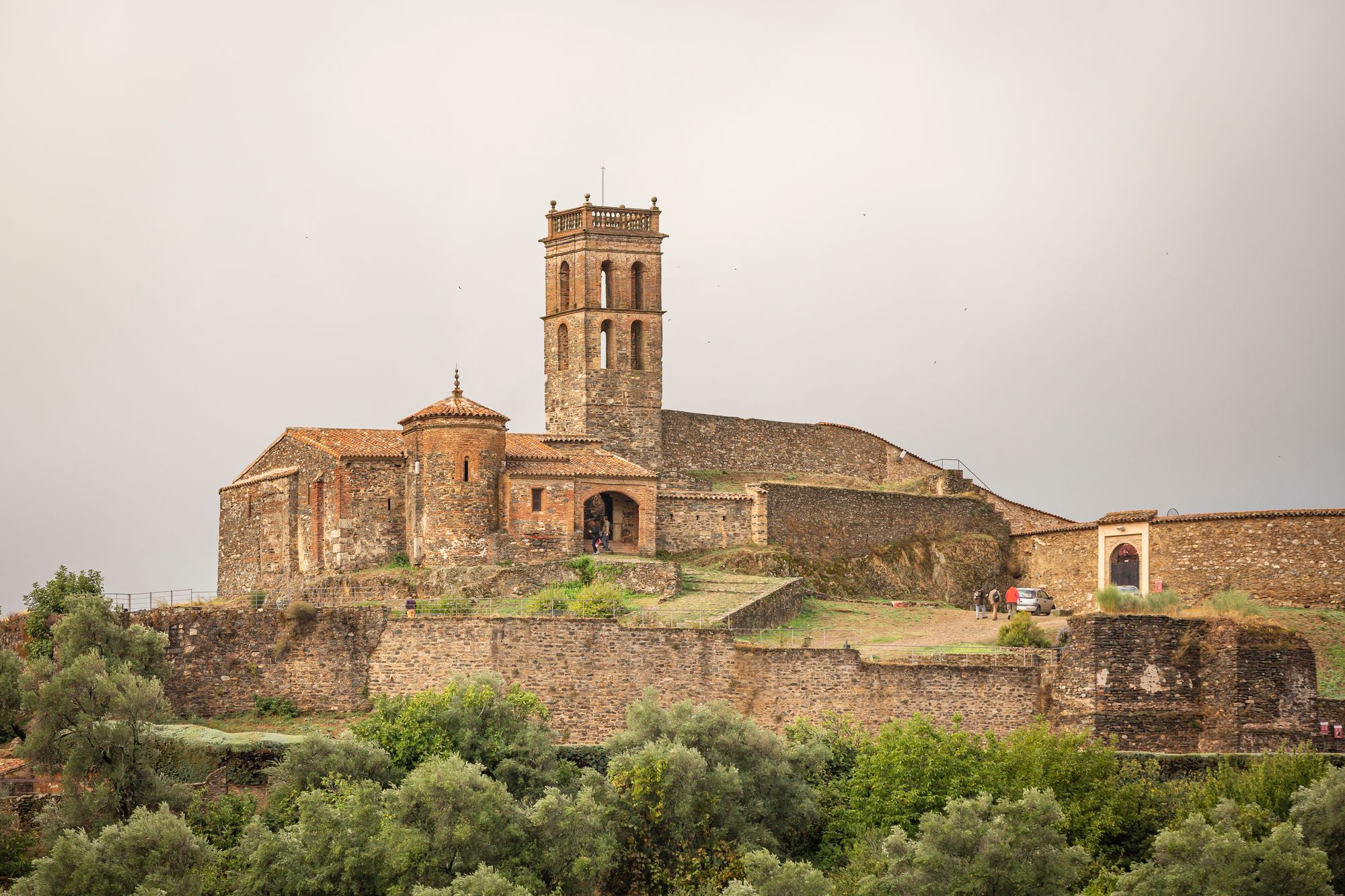
Architecture & Design
- Built during the reign of Abd al-Rahman III
- It is trapezoidal in shape and has three parts - the prayer hall, the courtyard of ablutions and the minaret tower
- The Mihrab still stands but has over the years lost its paint, only the brick and stone remain today
Interesting Facts about the Mosque of Almonaster la Real
- 16 updated tombs were found in the oration room of the mosque
- The Mosque of Almonaster la Real is the focus of the annual 'Jornadas de Cultura Islamica' (Islamic Culture Days) which takes place in the town of Almonaster la Real in October
Other former mosques of Spain
Apart from the famous historical mosques of Spain mentioned above, there are many more mosques that can be visited. While many mosques have now been converted into churches or otherwise used, their architecture and opulence still remain. Take your time when visiting these regions/cities and take the opportunity to visit other of Spain's great mosques such as the Mezquita de las Tornerías in Toledo and the Santa Maria de la Sede Cathedral (also known as Seville Cathedral) in Seville.
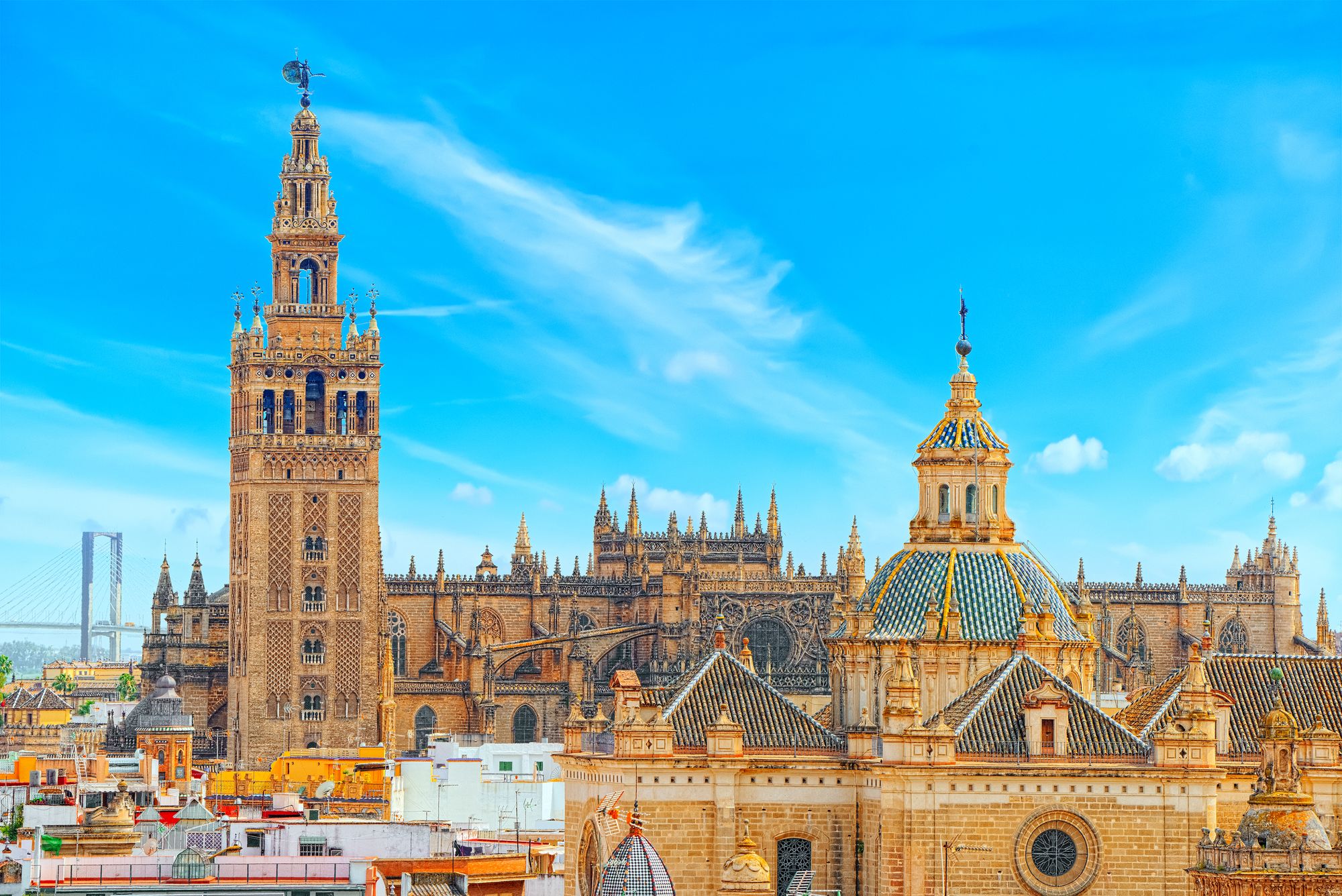
Modern mosques in Spain
For the Muslim traveller looking for mosques for the express purpose of praying, there are a number of modern mosques in Spain that can be found quickly on Google Maps such as: the Basharat Mosque in Córdoba (opened 1982), the Madrid Central Mosque (opened 1988) and the King Abdul Aziz Mosque in Marbella, Málaga (built 1981).
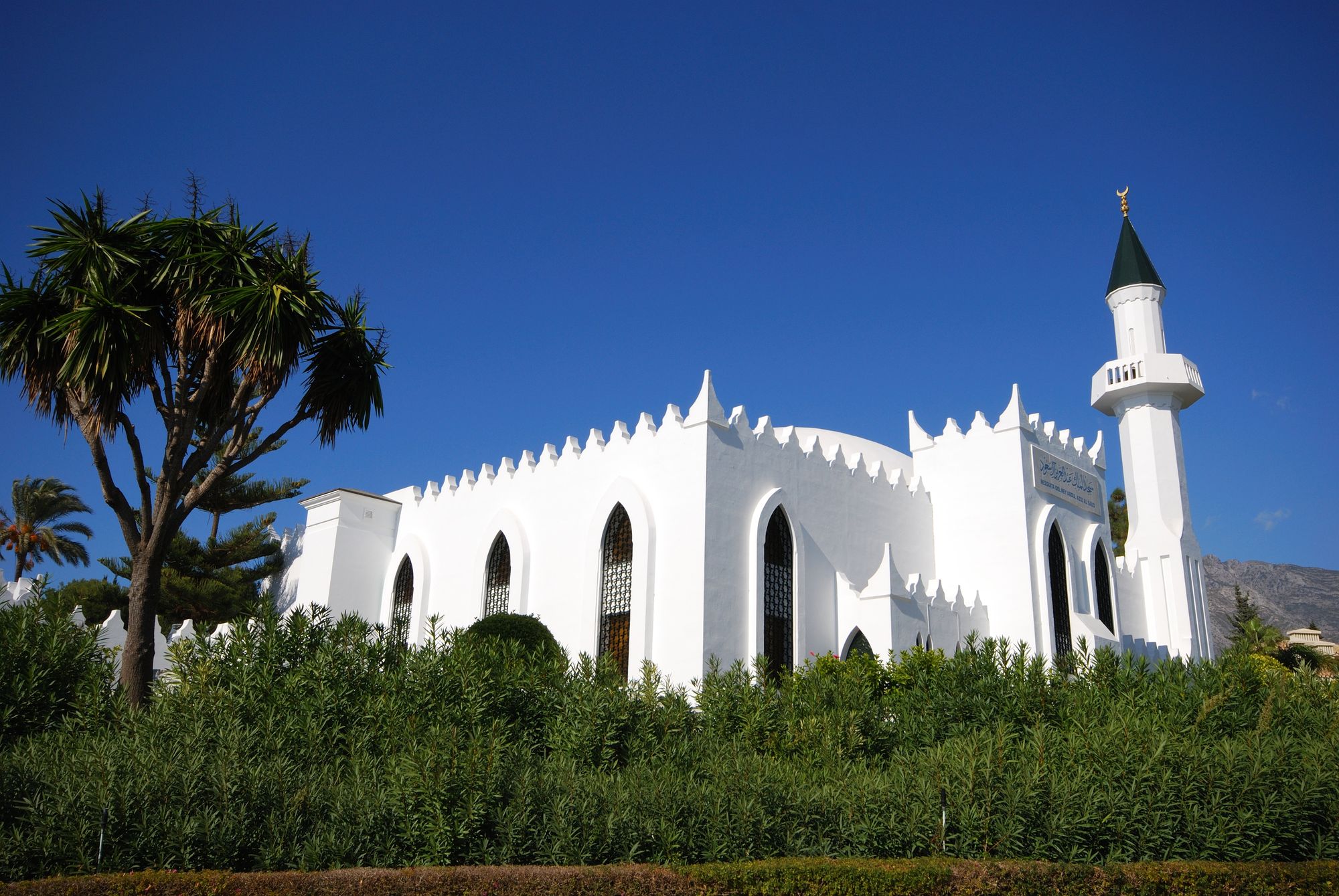
A journey where you venture into any or all of the above mosques of Moorish character will definitely transport you into beaming worlds of historical charm and spiritual enchantment.
